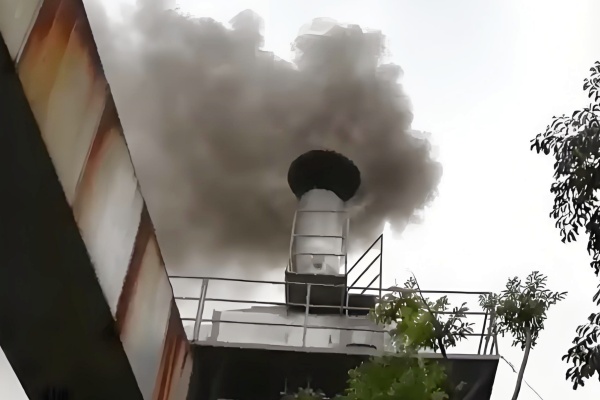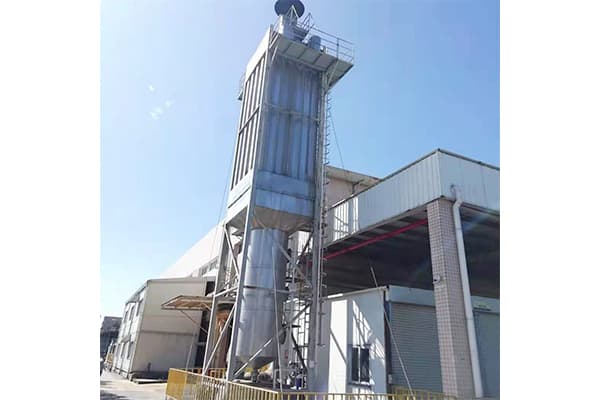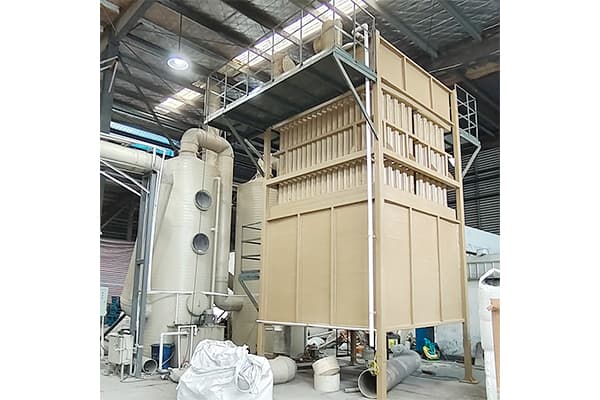Effective Treatment of Metal Smelting Flue Gas with Wet Electrostatic Precipitators
Metal smelting processes, such as those in copper, lead, or zinc production, generate flue gases containing harmful pollutants like particulate matter (PM), acidic gases (e.g., SO2), and heavy metals (e.g., lead or arsenic). Untreated, these emissions pose environmental and health risks, driving the need for advanced control technologies. Among the solutions, wet electrostatic precipitators (WESP) have emerged as a reliable method, particularly for handling the high humidity and complex compositions typical of smelting flue gases. This article explores the advantages of WESP in this context, focusing on its efficiency, adaptability, and compliance benefits without overstating capabilities. Key Advantages of Wet Electrostatic Precipitators WESP operates by applying an electrostatic charge to particles in the gas stream, causing them to adhere to collection plates, while a water film continuously washes away accumulated pollutants. This design offers several strengths for metal smelting applications: 1. High Efficiency in Particle Removal: WESP effectively captures fine particulate matter, including sub-micron particles that other systems might miss. For instance, it can achieve removal rates above 99% for PM2.5, which is common in smelting emissions. This helps facilities meet stringent air quality standards without excessive energy consumption. 2. Adaptability to High Humidity and Corrosive Environments: Metal smelting flue gases often contain moisture and acidic components that can corrode equipment. WESP's wet operation mitigates corrosion risks by using a water layer to protect surfaces, ensuring longer system life and reduced downtime in harsh industrial settings. 3. Comprehensive Pollutant Control: Beyond particles, WESP can handle soluble gases like SO2 and heavy metals through chemical reactions in the water film. This integrated approach simplifies the treatment process, potentially lowering operational costs compared to multi-stage systems. 4. Operational Stability and Low Maintenance: With fewer moving parts than dry alternatives, WESP requires less frequent maintenance. Automated cleaning cycles and durable materials contribute to consistent performance, minimizing disruptions in continuous smelting operations. 5. Regulatory Compliance and Environmental Benefits: By reducing emissions of hazardous substances, WESP supports compliance with global regulations like the EPA standards. This not only avoids penalties but also enhances corporate sustainability profiles, appealing to eco-conscious stakeholders. Conclusion In summary, wet electrostatic precipitators provide a robust solution for treating metal smelting flue gases, leveraging their efficiency, adaptability, and reliability. While no single technology is universally perfect, WESP's advantages make it a strong contender for smelters aiming to improve air quality and operational efficiency. As industries evolve toward greener practices, integrating WESP could play a key role in achieving cleaner production. For SEO optimization, this content uses targeted keywords such as "metal smelting flue gas treatment," "WESP advantages," and "air pollution control" to enhance visibility, while maintaining factual, balanced language to avoid misleading claims.
 How Wet Electrostatic Precipit
How Wet Electrostatic Precipit
 Wet Electrostatic Precipitato
Wet Electrostatic Precipitato
 Effective Purification of Dryi
Effective Purification of Dryi
 Effective Treatment of Metal
Effective Treatment of Metal


